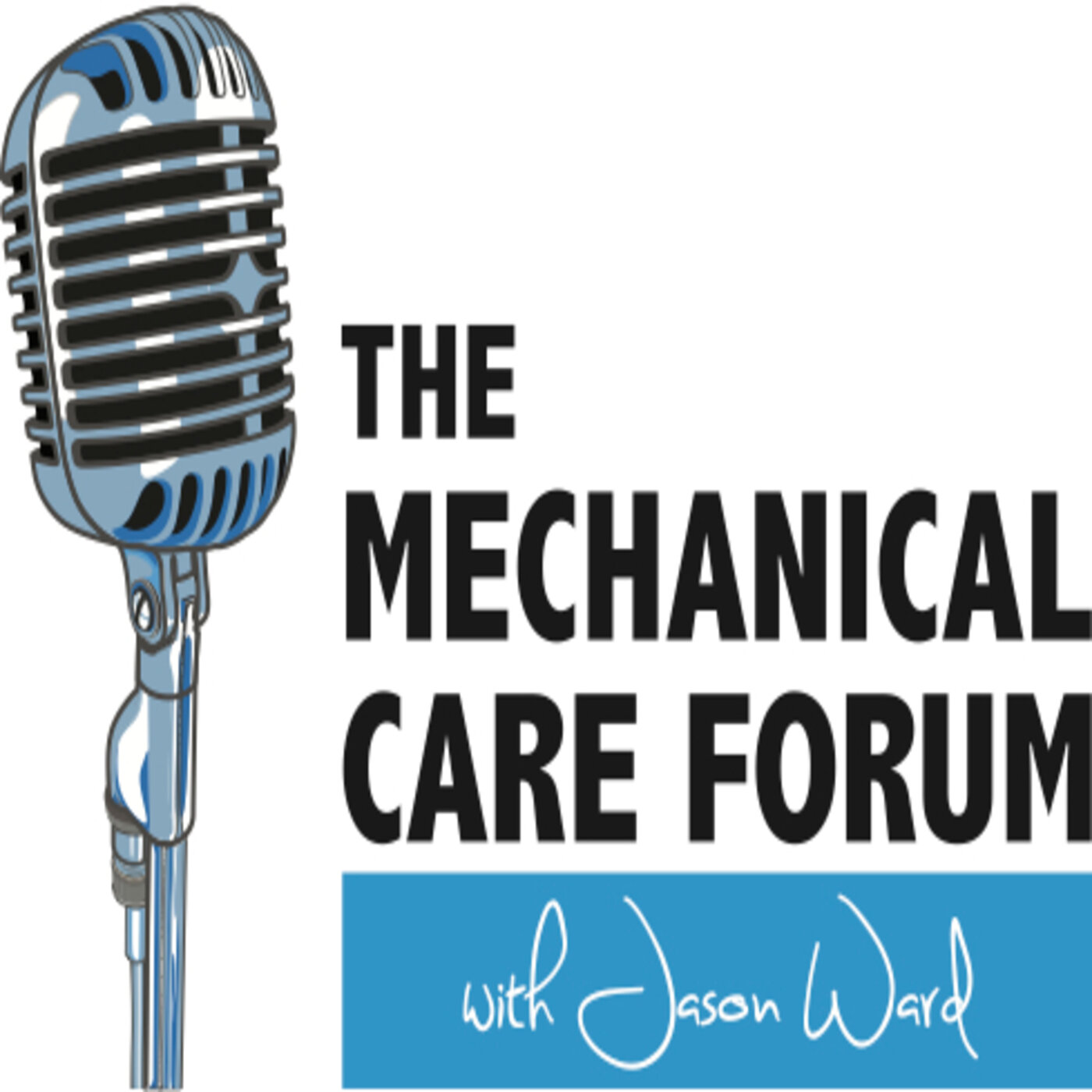Colin davies
Canada | Physiotherapist, Dip. MDT
SHOW NOTES
(by Jayla Hall)
(2:15)
Professional and Personal backgrounds
Colin Davies graduated from New Zealand School of Physiotherapy in 1971. In 1974, he worked as Robin McKenzie’s assistant for a year. Davies has been a member of the Teaching Faculty of the McKenzie Institute since 1984. He has presented over 300 courses for the McKenzie Institute in 15 countries. In addition to his teaching role, he is a member of the Board of Trustees of the McKenzie Institute International and an examiner for the Mckenzie Institute Diploma Program. He lives in Vancouver, Canada.
Davies was born in London, England before emigrating with his family to New Zealand at seven years of age. Davies is a husband, a father of two children, and a grandfather. Outside of the clinic, Davies runs recreational, hikes, and travels.
(5:30)
Meeting Robin McKenzie for the First Time
Quotes:
“I don't think I’ve ever met anyone who had such a presence. He had an air of authority.”
“I’m sure he would have said that he had his doubts, but he was a very self-assured individual, and he managed to [be confident] without any trace of arrogance.”
(7:35)
The Turning Point for Manual Therapy
The New Zealand Manual Therapy organization had just been initiated by Robin McKenzie and Brian Mulligan. These founders began offering courses on manual therapy of the spine and extremities based on Freddy Kaltenborn’s model.
Quote:
“If you were making an effort and were serious, [Robin] had time for you. He didn’t worry about the fact that you were taking time to understand [your] mistakes. If you persevered and showed [your resolution to learn], he’d do anything for you.”
(11:55)
The Early Formation of the McKenzie Institute
Initiating the McKenzie Institute in the United States of America, Robin McKenzie began lecturing his McKenzie courses nationally with the assistance of colleagues Colin Davies, Dan Kelly, Hugh Murray, Kathy Hoyt, Angelo DiMaggio, Wayne Rath, Greg Silva, Mark Laslett, Helen Clare, etc. to also instruct these courses.
(15:12)
What qualities were unique to Robin McKenzie, compared to other clinicians?
“There was a kind of insecurity about [other clinicians]. They would never admit that they didn’t know something. They would never admit that they were wrong. Their intent was to treat [patient conditions] by whatever their particular philosophy was.
In contrast, Robin was without bias when assessing a patient. It was just as important for [Robin] to [view] the patient, examine [him/her], and say ‘I don’t know what this is, but I know what it isn’t. This is non-mechanical; I can’t help you.’ To him, [this] was just as important as it would be to discover a mechanical problem.”
“[Robin] had the ability to think critically. He was never intimidated intellectually.”
“[Robin] would always challenge some idea or a diagnosis. He was always ready to trust his own judgment–back himself.”
(22:50)
How has the MDT assessment evolved since its conception?
Improved reproducibility and, thus, reliability of the assessment
(27:05)
Robin McKenzie’s Memorable Patient Stories
Davies remembers a female with a conspicuous cervicothoracic kyphosis who also presented with central pain in the neck and a loss of cervical extension. Robin prescribed regular exercises of cervical extension as her home program; and upon returning for the next visit, she described centralization and increased pain intensity. To Davies’ surprise, Robin advised the continuation of her home program.
Davies shares two more patient stories.
(35:35)
Quotes:
“In medicine, it’s usually not a case of not knowing; it’s a case of not looking.” –James Cyriax
“You look and you check. You don’t take things for granted. You’re not intimidated by the imaging studies [nor] the diagnosis. You look for yourself, and you check.” –Davies
(39:10)
What are the greatest challenges for conservative care clinicians? What should be our immediate action?
(41:20)
The Economical Impact of the MDT Assessment
Quote:
“The [McKenzie Method] has the potential to reduce the earnings of a lot of people. When you have a good mechanical evaluation, you don’t need the MRI in a lot of cases. You don’t need a lot of the injections that are being done. You don’t need a lot of the surgeries.”
Davies refers to the following research study:
Rosedale, R., Rastogi, R., May, S., Chesworth, B. M., Filice, F., Willis, S., Howard, J., Naudie, D., & Robbins, S. M. (2014). Efficacy of exercise intervention as determined by the McKenzie System of Mechanical Diagnosis and Therapy for knee osteoarthritis: a randomized controlled trial. The Journal of orthopaedic and sports physical therapy, 44(3), 173–A6. https://doi.org/10.2519/jospt.2014.4791
Sharing what Rosedale revealed to him with regard to the study, Davies repeats:
“Although 40% of the [patient] population was [classified as having derangements of the knee] and [were anticipated to have] a rapid response, many of [said patients] still insisted on and underwent surgery. In their minds, they were getting a brand new knee.”
Davies announces that MDT clinicians empower the patient and encourage patient independence, but this objective is only achieved if the patient is receptive to clinical guidance.
We hope to deliver this content to the committed professional who wants to improve his/her care and we hope to do it in a way that is easily accessible, the world over, in today's technological age.
To contribute:
Give a 5-star review on iTunes;
Share EP #13 with a friend; and/or
Connect with us on the Spotify MCF Podcast and MCF Instagram page!
Thanks for your support!

